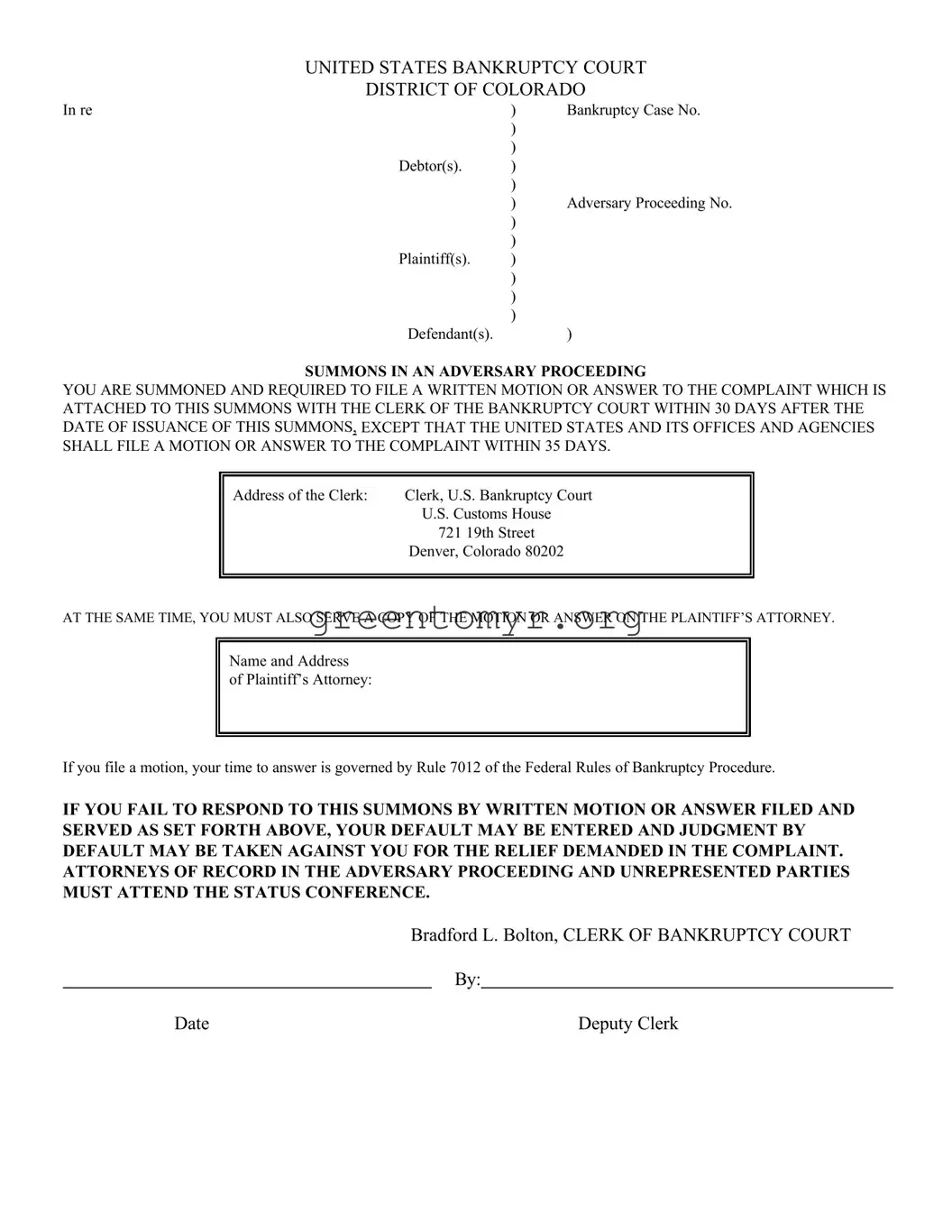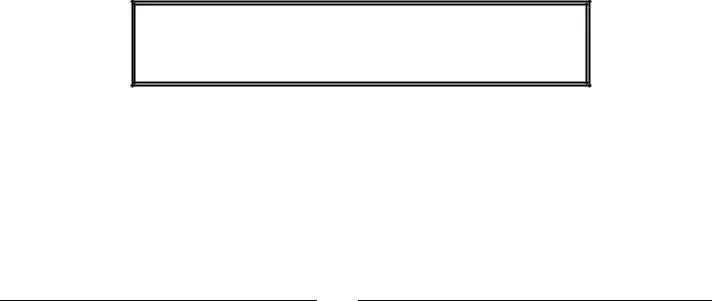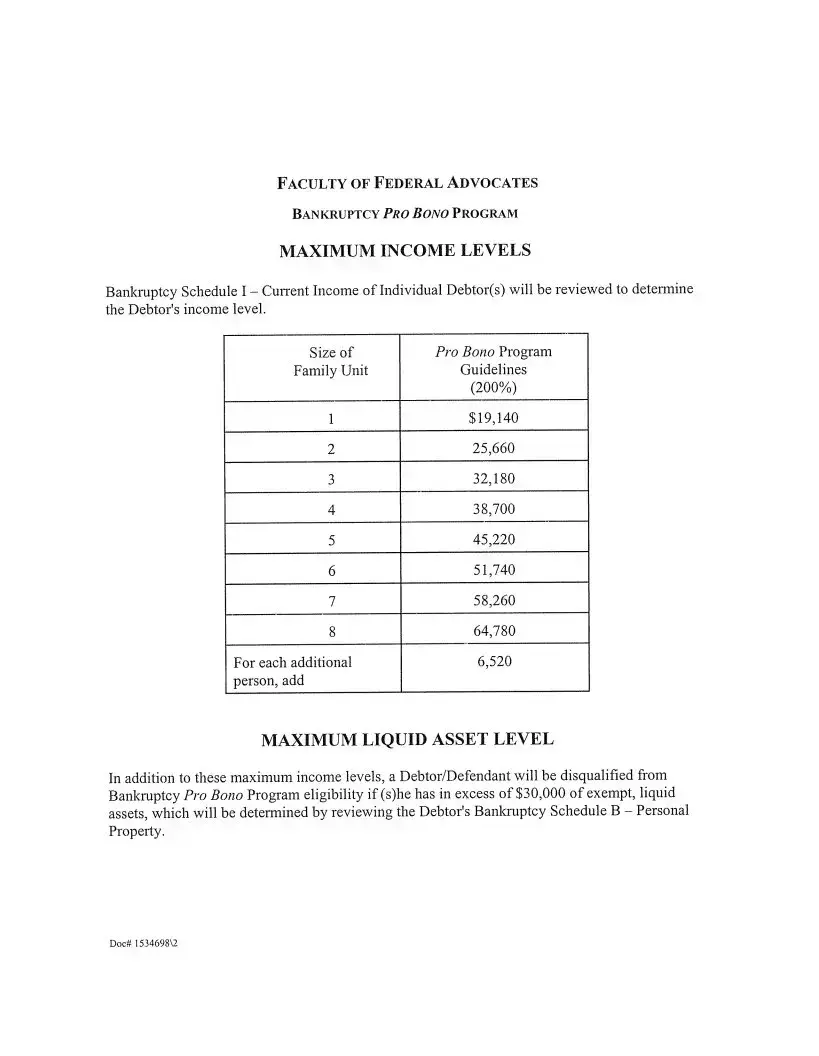UNITED STATES BANKRUPTCY COURT |
DISTRICT OF COLORADO |
In re |
) |
Bankruptcy Case No. |
|
) |
|
|
) |
|
Debtor(s). |
) |
|
|
) |
|
|
) |
Adversary Proceeding No. |
|
) |
|
|
) |
|
Plaintiff(s). |
) |
|
|
) |
|
|
) |
|
|
) |
|
Defendant(s). |
|
) |
SUMMONS IN AN ADVERSARY PROCEEDING
YOU ARE SUMMONED AND REQUIRED TO FILE A WRITTEN MOTION OR ANSWER TO THE COMPLAINT WHICH IS ATTACHED TO THIS SUMMONS WITH THE CLERK OF THE BANKRUPTCY COURT WITHIN 30 DAYS AFTER THE DATE OF ISSUANCE OF THIS SUMMONS, EXCEPT THAT THE UNITED STATES AND ITS OFFICES AND AGENCIES SHALL FILE A MOTION OR ANSWER TO THE COMPLAINT WITHIN 35 DAYS.
|
|
|
|
Address of the Clerk: |
Clerk, U.S. Bankruptcy Court |
|
|
U.S. Customs House |
|
|
721 19th Street |
|
|
Denver, Colorado 80202 |
|
|
|
|
|
|
AT THE SAME TIME, YOU MUST ALSO SERVE A COPY OF THE MOTION OR ANSWER ON THE PLAINTIFF’S ATTORNEY.
Name and Address
of Plaintiff’s Attorney:
If you file a motion, your time to answer is governed by Rule 7012 of the Federal Rules of Bankruptcy Procedure.
IF YOU FAIL TO RESPOND TO THIS SUMMONS BY WRITTEN MOTION OR ANSWER FILED AND SERVED AS SET FORTH ABOVE, YOUR DEFAULT MAY BE ENTERED AND JUDGMENT BY DEFAULT MAY BE TAKEN AGAINST YOU FOR THE RELIEF DEMANDED IN THE COMPLAINT. ATTORNEYS OF RECORD IN THE ADVERSARY PROCEEDING AND UNREPRESENTED PARTIES MUST ATTEND THE STATUS CONFERENCE.
Bradford L. Bolton, CLERK OF BANKRUPTCY COURT
By:
(name of state)
CERTIFICATE OF SERVICE
I, ________________________________________, certify that I am, and at all times during the service of
process was, not less than 18 years of age and not a party to the matter concerning which service of process was made. I further certify that the service of this summons and a copy of the complaint was made
_____________________________________ by:
(date)
9 Mail service: Regular, first class United States mail, postage fully pre-paid, addressed to:
9 Personal Service: By leaving the process with defendant or with an officer or agent of defendant at:
9 Residence Service: By leaving the process with the following adult at:
9 Publication: The defendant was served as follows: [Describe briefly]
9 State Law: The defendant was served pursuant to the laws of the State of _________________,
as follows: [Describe briefly]
Under penalty of perjury, I declare that the foregoing is true and correct.
_______________________________ |
________________________________________ |
Date |
Signature |
Print Name
Business Address
City, State, Zip
A copy of this Notice to Litigants and the attached income information should be
served along with the Summons and Complaint. GPO – 1994-3.
UNITED STATES BANKRUPCY COURT
DISTRICT OF COLORADO
NOTICE TO LITIGANTS
You have been named as a defendant in an adversary proceeding, the outcome of which may affect your bankruptcy discharge. Even if you have already received a discharge, this is a serious matter that you should not ignore.
Individual litigants are entitled to appear without an attorney and represent themselves in the Bankruptcy Court. However, the rules can be quite technical and failure to comply with the rules can have severe consequences. Before deciding to appear on your own, you should consider consulting an attorney. If you cannot afford an attorney, you may contact:
Faculty of Federal Advocates
Bankruptcy Pro Bono Program
Ms. Peggy Lord, Administrator
Bankruptcy PRO BONO Program
1200 Seventeenth Street, Suite 3000
Denver, Colorado 80202
303.628.9669
Fax: 303.623.9222
[email protected]
Upon contact, you will be screened for eligibility and, if it is determined that you are eligible, an attorney may be found who will represent you without payment of attorneys’ fees. You may, however, still be responsible for payment of costs. When you make contact with the above noted organization, please have a copy of the Summons and Complaint with you.




